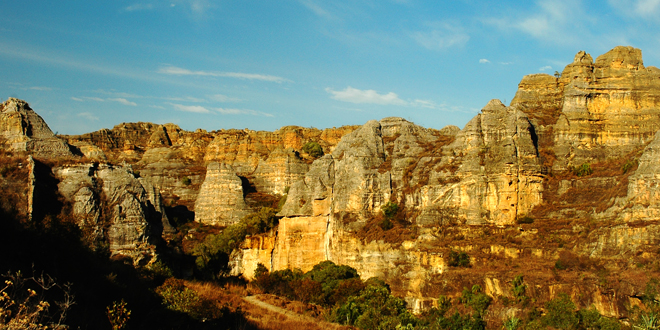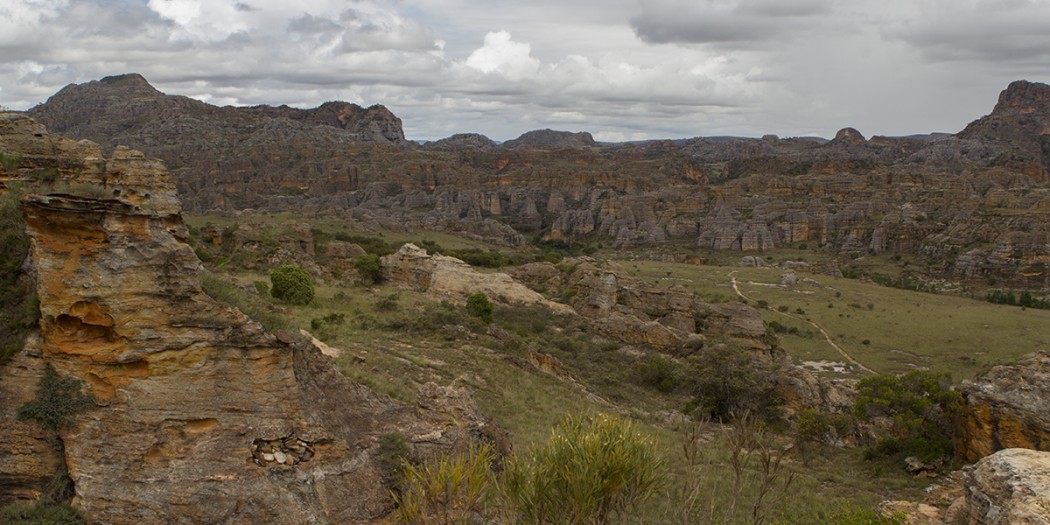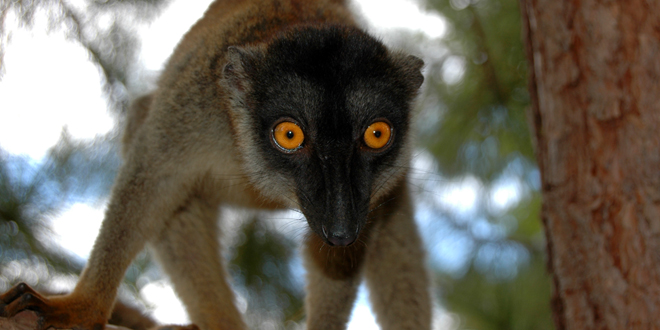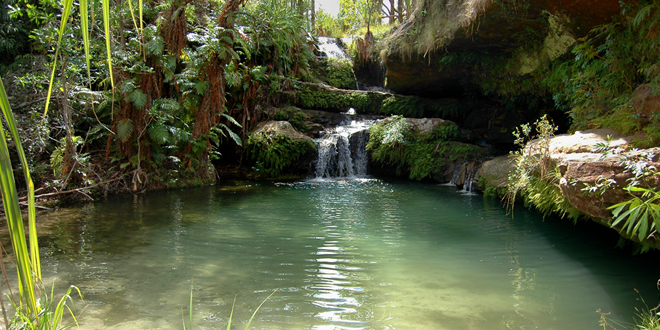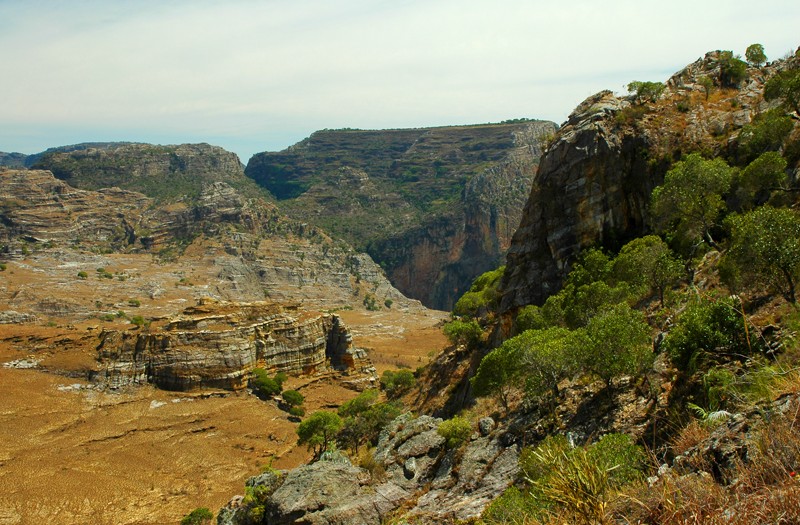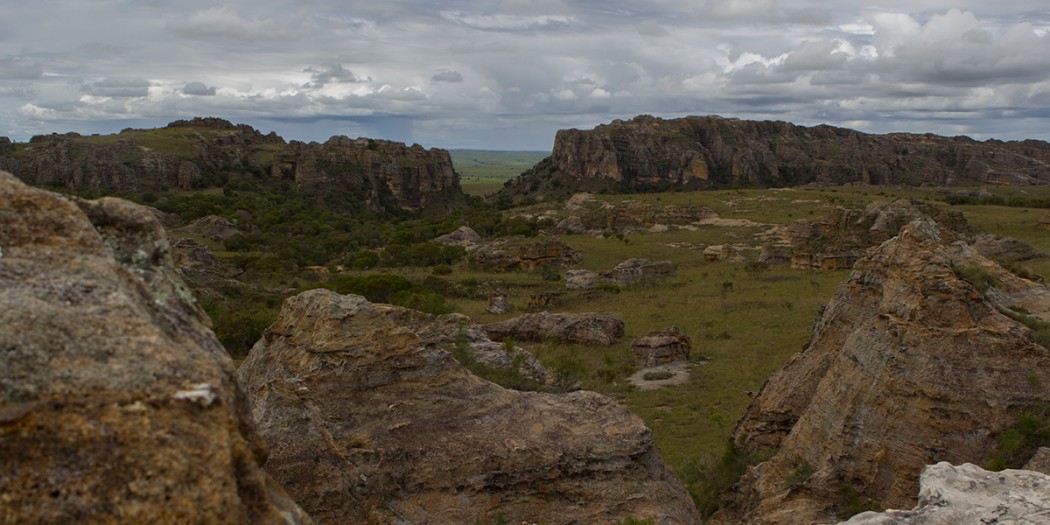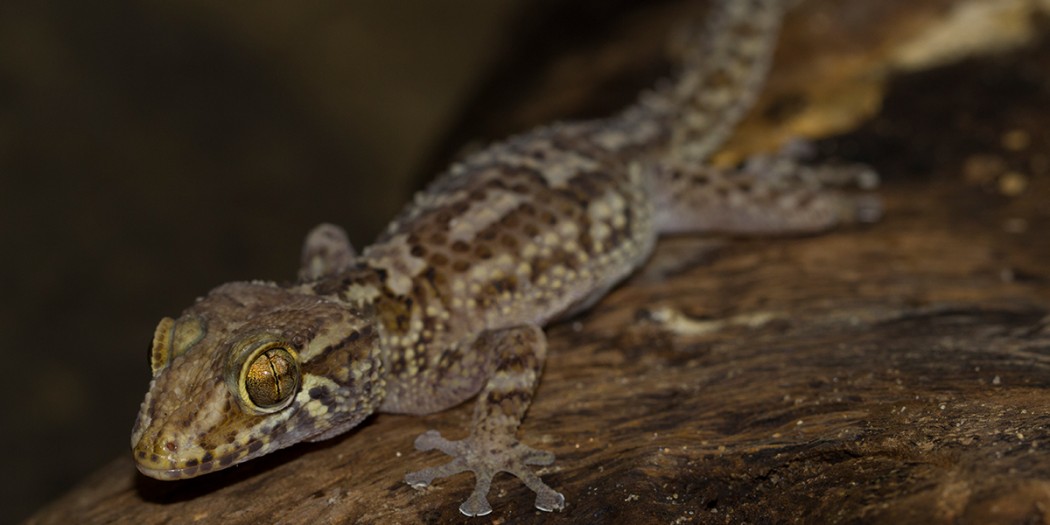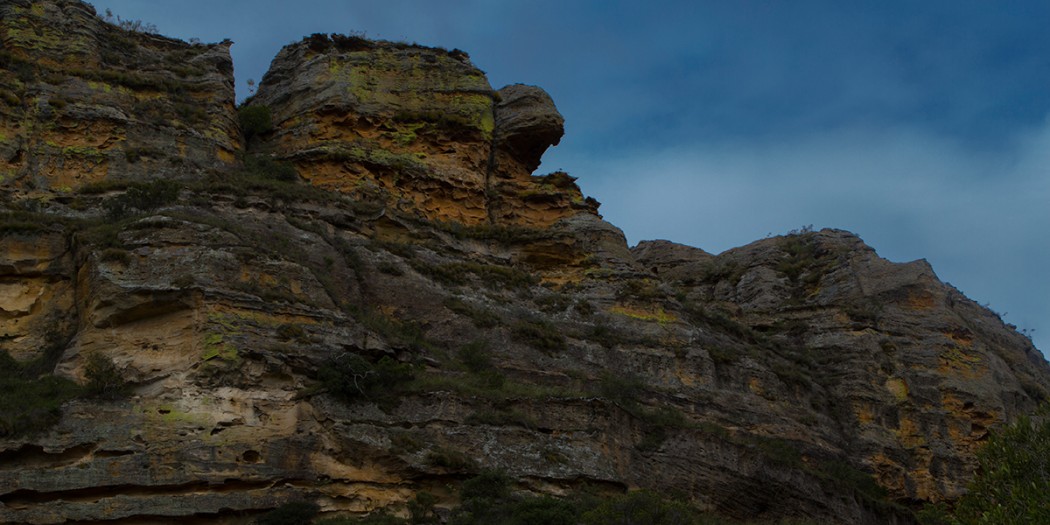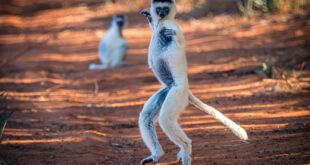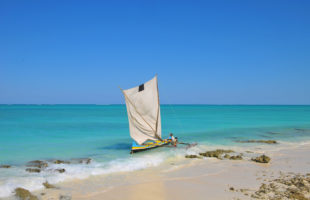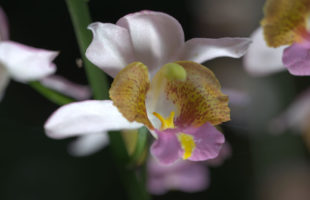Isalo:
Isalo National Park is located in the southern highlands of Madagascar in a breathtaking mountain landscape of craggy rocks and dazzling mountains in all colours of the rainbow.
Location:
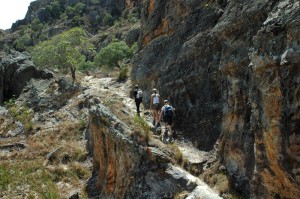
Isalo National Park is located on the RN7 in the south of Madagascar in the province of Ihorombe. It is about halfway between the coastal city of Toliara (Tuléar, about 240 km away) and Fianarantsoa (about 280 km) inland. The best way to reach the park is via Ranohira by off-road vehicle and driver. The village is located about 12 km north of Siombivotsy, where the actual park entrance is located. From Antananarivo to the Isalo National Park with your own vehicle takes a good two days, as the 850 km road (RN7) has hardly been repaired in recent years and has therefore steadily deteriorated. Taxibrousse also run between Tana and Toliara, but these take much longer, are extremely uncomfortable, and also unsafe. Toliara’s small airport is regularly served from Tana.
Information about the national park:
Since 1962 the 820 km² large Isalo National Park has existed at altitudes between 900 and 1100 m above sea level. With its deep canyons crossed by rivers, Isalo is the region’s most important freshwater reservoir. The landscape is otherwise characterized by dry savannah and a diverse sandstone massif. Isalo is jokingly called the “Colorado of Madagascar” because of its diverse rock formations.
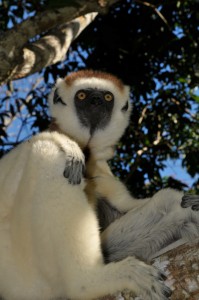
The National Park offers various hiking routes, the shortest of which can be completed in an hour and a half. Full-day excursions are also possible, and local guides now even offer picnics or hot lunches for day trips. Isalo is one of the few national parks in Madagascar that can be explored not only on foot but also by off-road vehicles. The Tsingy d’Isalo, the nymph waterfalls, the Maki canyon, and the Portuguese grotto are beautiful photo motifs. A hike to the “piscine naturelle”, a natural swimming pool in the rock (about 2 hours for both ways), which is fed by a small waterfall, is particularly recommended. But also Piscine Noire and Piscine bleu, two other natural pools, are worth seeing. If you have your bathing things with you, you can go straight into the water and allow yourself cooling down. Most of the trails are easy to walk on, but tread resistance and good footwear are a prerequisite for a visit.
In 2010, an extensive fire raged through Isalo National Park and destroyed much of the remaining forest along the canyons. The effects of the fire can still be seen today in many parts of the park.
Climate:
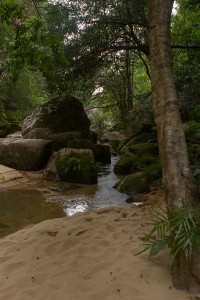
Isalo is located in the south of Madagascar, which is why it has a dry, hot climate typical of the south. Temperatures above 30°C and little rain are the rule here. The climate in the canyons is pleasant, as a slight breeze blows and the temperature is always a few degrees lower. Outside the canyons and especially in the shadowless savannahs, hiking can be quite strenuous. Plenty of sunscreens, plenty of water, and protective, airy clothing should definitely be in your luggage.
Infrastructure:
The Isalo National Park is located on Madagascar’s most popular tourist route and therefore has a very good infrastructure for Madagascar. In the national park itself, there are some very large campgrounds with rustic sanitary facilities and running water (no electricity). In Zahavola, about 9 km from Ranohira, there is a small information center about the park. Further accommodation in the form of hotels and lodges with various facilities is available in Ranohira. As Isalo is always fully booked, especially in the high season, it is worth booking rooms here very early. In addition, one should be prepared for the fact that the prices for rooms and food partly come close to European hotels, but without automatically offering more comfort than elsewhere.
Around the national park lives above all the tribe of the Bara, originally as nomadic zebu breeders. West of the park lies the notorious city of Ilakaka, famous for the world’s largest sapphire deposits.
Flora and Fauna:
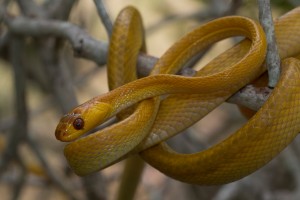
Between dry savannah landscapes and weathered sandstone hardly life seems possible at first sight, but nevertheless a species-rich flora and fauna has developed here. There are, typical for savannahs, mainly aloes, pachypods, and other water-storing greenery, about 400 different species. Bismarckia or in Madagascan Satrana, grey-green palm trees, are typical for the area.
Seven lemur species find their home in Isalo National Park. About 80 bird species and several reptiles like the Madagascar boa (Acrantrophis dumerili) or Madagascar iguanas (Oplurus ssp.) do the same. Mouse lemurs defy the dry heat just like the largest mammals of Madagascar, the Fossa. On the large campground, there are often ring-tailed lemurs and Verreaux’ Sifakas as curious visitors. Nearby live geckos (Paroedura bastardi). Between the rocks and stones, small, colorful stone thrushes and bonnet ibis fly in search of nesting material. During the rainy season, resourceful amphibian friends can also see particularly rare little treasures such as Boophis albilabris occidentalis or the rainbow frog (Scaphiophryne gottlebei) in front of the camera lens. If you like praying mantises, you should search the savannah – there is a lot to find here!
 MADAMAGAZINE Your Magazine about Madagascar
MADAMAGAZINE Your Magazine about Madagascar
